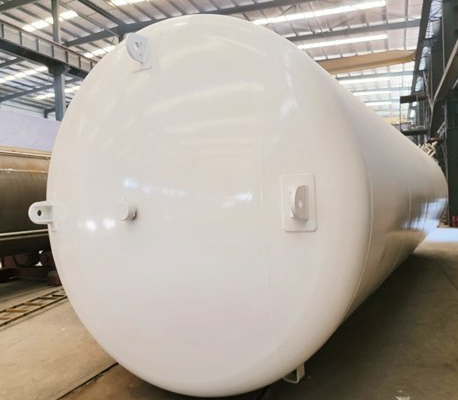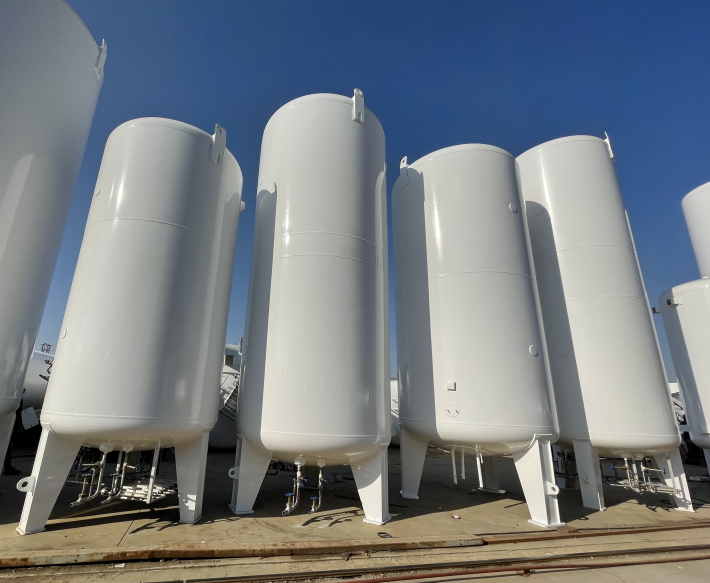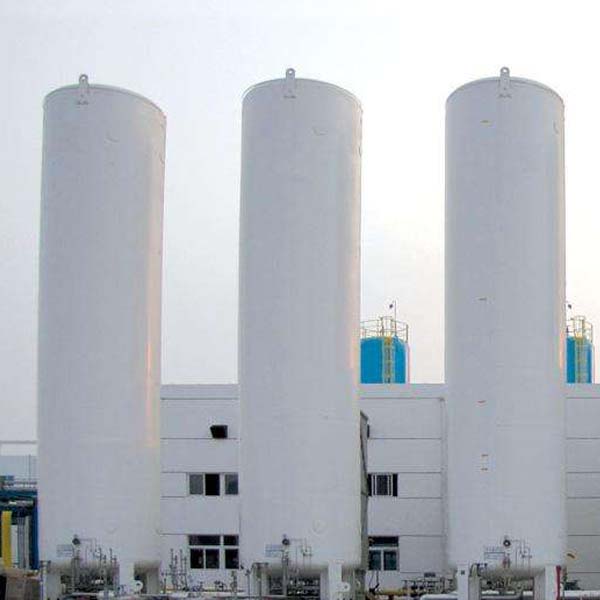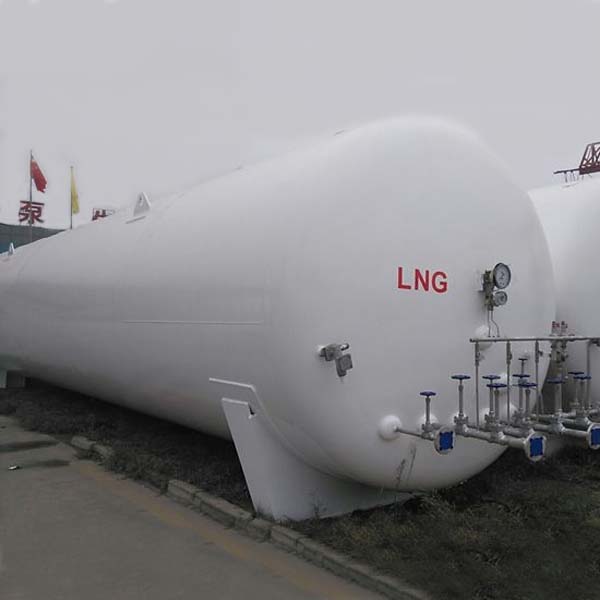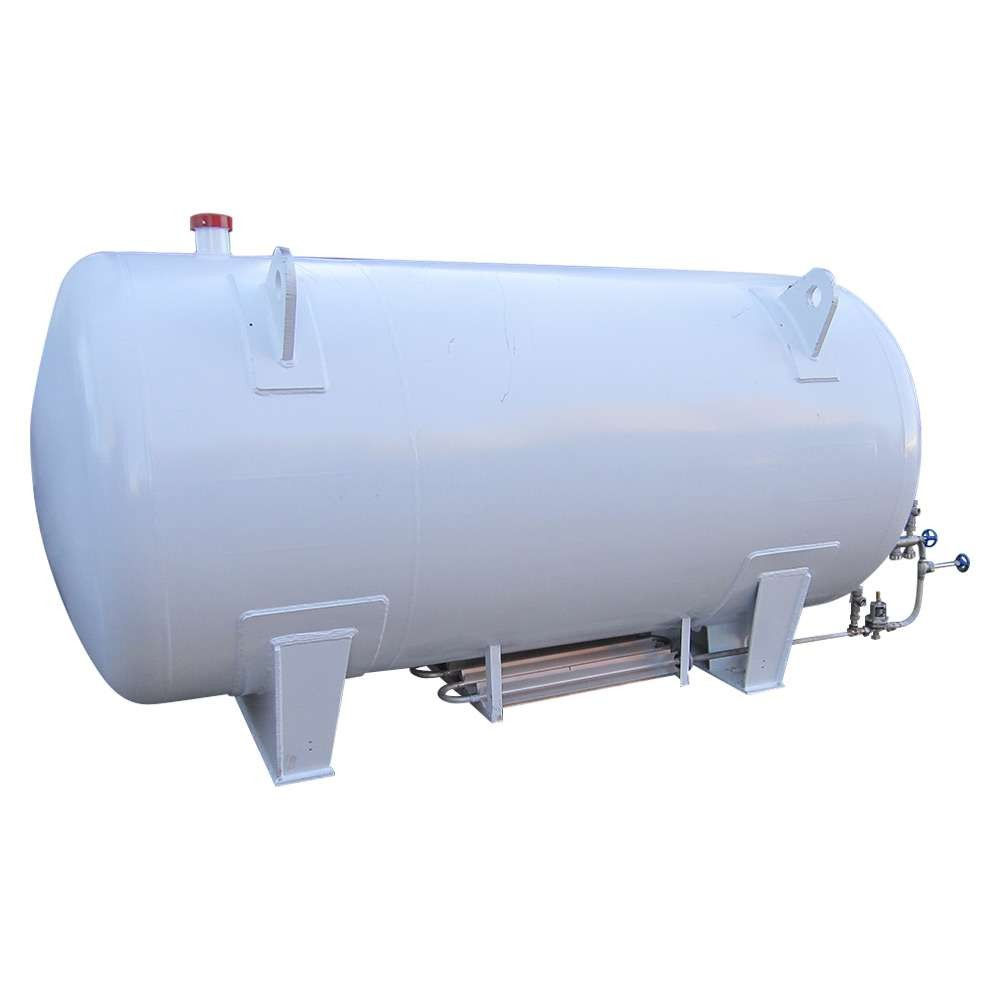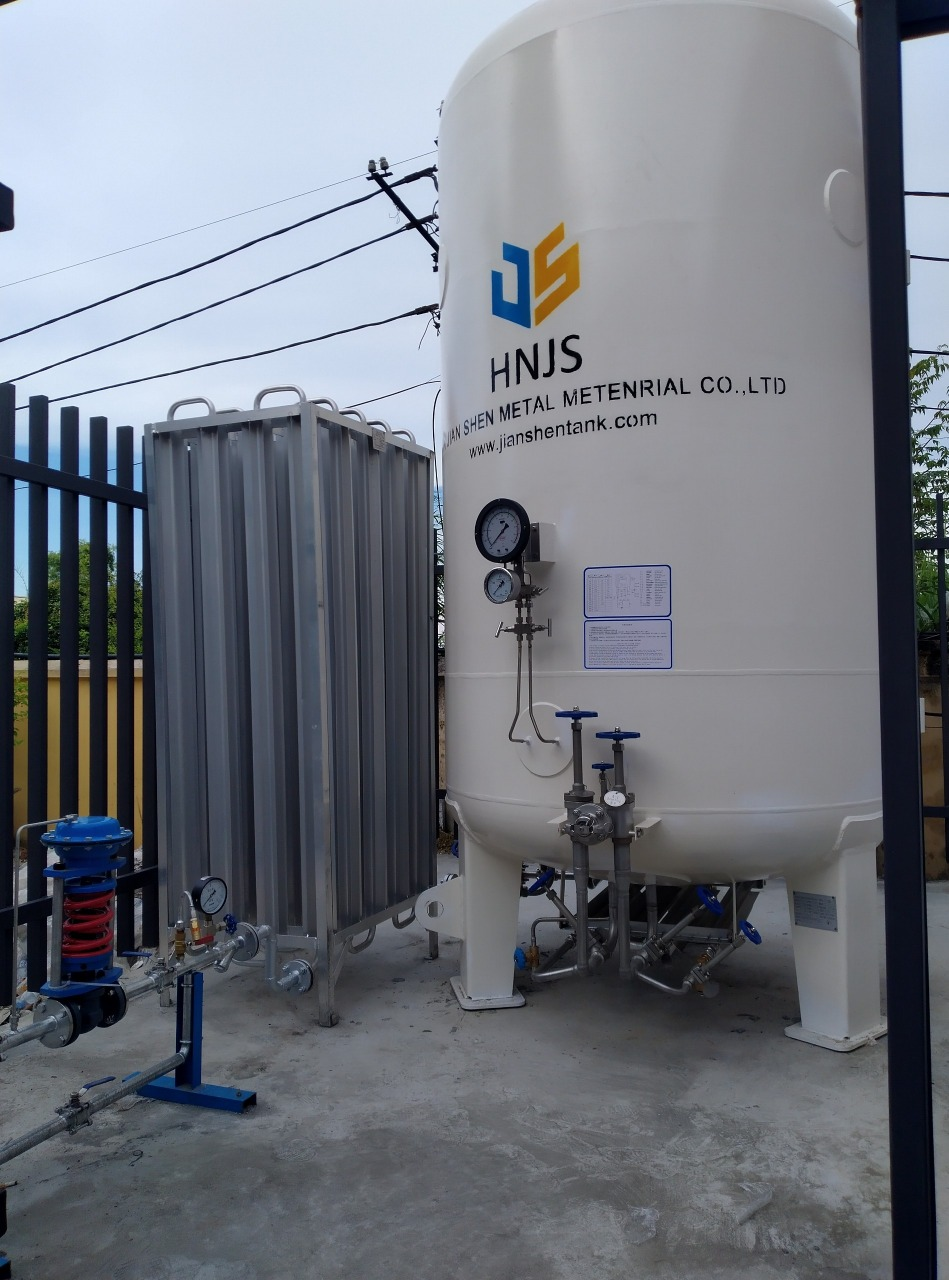Liquid nitrogen tank insulation measures
The main purpose of liquid nitrogen tank insulation is to reduce the evaporation of liquid nitrogen and keep it at a low temperature.
The main purpose of liquid nitrogen tank insulation is to reduce the evaporation of liquid nitrogen and keep it at a low temperature.
Many liquid nitrogen tanks use vacuum insulation technology, that is, a vacuum layer is formed between the inner and outer walls of the tank to reduce heat conduction. Vacuum insulation technology is the key to keeping liquid nitrogen low because the vacuum layer conducts almost no heat.
Some tanks use multiple layers of insulation materials, which are usually highly reflective materials such as aluminum foil. These layers can effectively reduce radiant heat transfer.
In some cases, the outside of the tank is covered with a layer of foam insulation to further reduce heat conduction.
In some designs, the tank may use a layer of gas (such as nitrogen) as an insulation layer, which can slow down the transfer of heat to a certain extent.
An insulation cover may also be added to the outside of the liquid nitrogen tank to further protect the tank from the outside temperature.
Regular inspection and maintenance: Regularly check the tank’s insulation system to ensure that there are no leaks or damage. Any minor damage may cause the insulation effect to decrease and increase the evaporation of liquid nitrogen.

